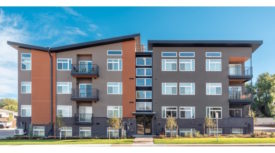Home » Keywords: » ORNL (Oak Ridge National Labs)
Items Tagged with 'ORNL (Oak Ridge National Labs)'
ARTICLES
Sponsored by TYPAR
CEU: Advanced Threats Met with Advanced Technology
How breakthroughs in weather-resistant barriers can improve occupant well-being in all climates
September 2, 2021
Enhance your expertise with unparalleled insights.
Join thousands of building professionals today. Shouldn’t you know what they know?
SUBSCRIBE TODAY!Copyright ©2025. All Rights Reserved BNP Media.
Design, CMS, Hosting & Web Development :: ePublishing







